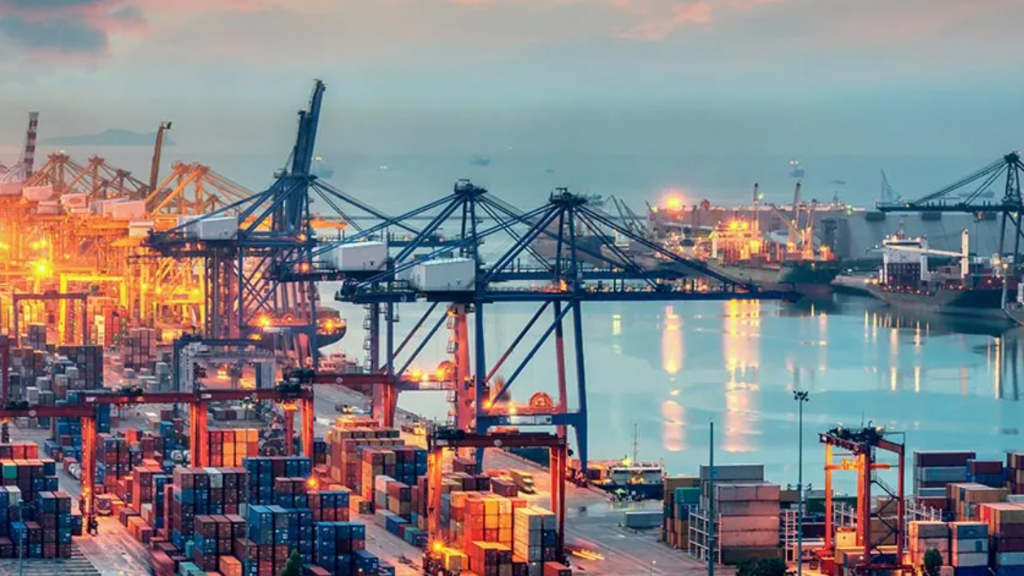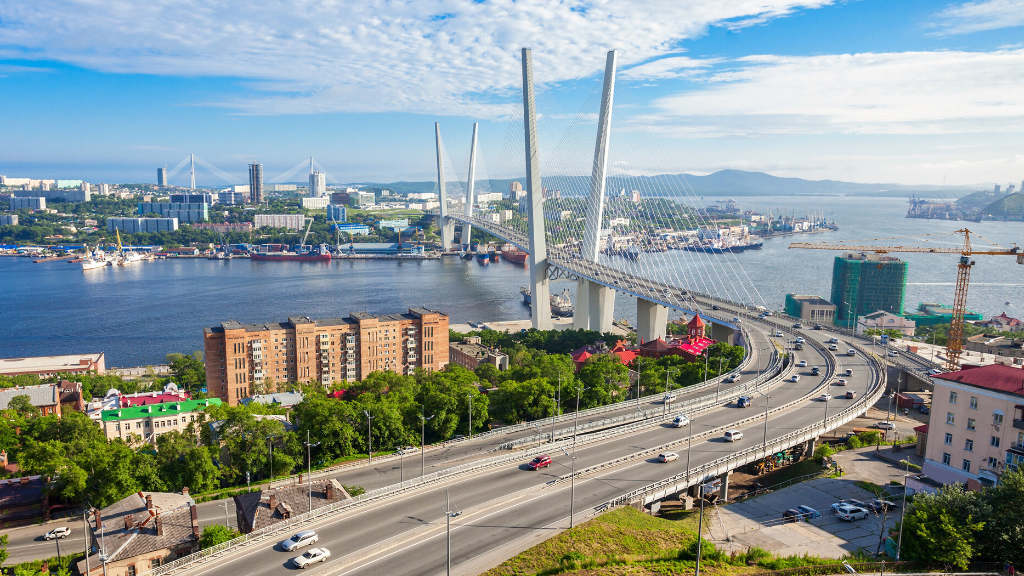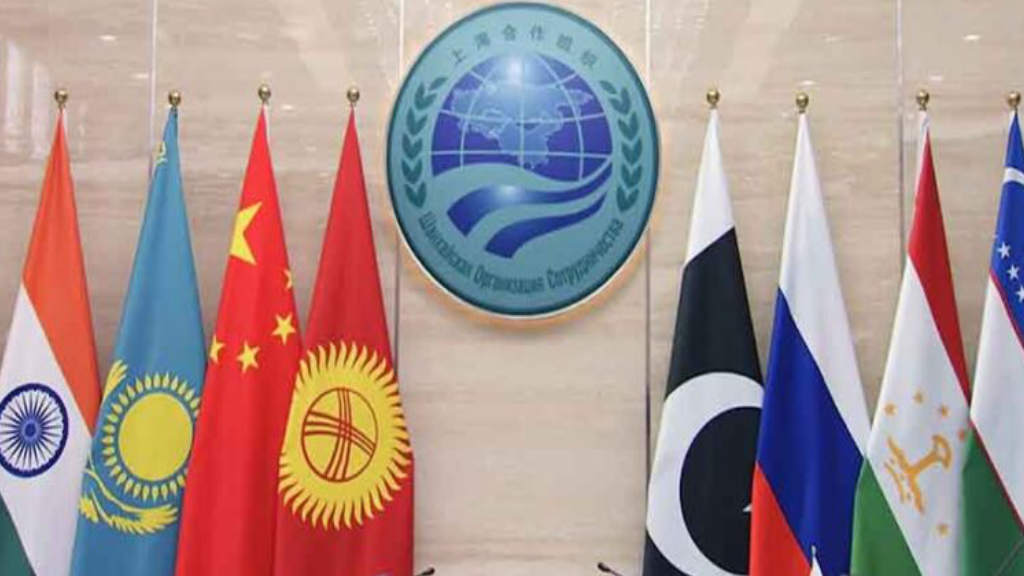Russia has risen to the eighth place in global manufacturing output, according to a report issued by “Make UK”, a British institution that represents UK manufacturers and competitive markets. The report includes a wide variety of data about the contribution of manufacturing to different economies including exports, sectoral breakdown, R&D investment, salary levels and provides comparisons.
China remains the largest manufacturing nation with output worth US$5.06 trillion, followed by the United States with US$2.69 trillion, and Japan with US$850 billion. Germany remains the biggest manufacturing nation in Europe with US$751 billion, followed by India and South Korea.
Mexico is in seventh place, Russia in eighth, Italy in ninth, France in 10th, Taiwan in 11th and then the UK in 12th. It is the first time the UK has dropped out of the world’s top 10 manufacturing nations. Russia has increased its defence and supporting production to now account for 6% of GDP.
Western reports typically conclude that Russia’s rise in productivity is due to the conflict in Ukraine, however this is only partially correct. What is often misunderstood or ignored is that Russia is also significantly investing in its own infrastructure, with big-ticket projects being put in place to reflect the changing supply chains. These include the BAM railway expansion, a northern addition to the Trans-Siberian railway, significant infrastructure, shipping and port developments in the Russian Arctic and Russian Far East, and multiple other projects all designed to enhance Russia’s trade with alternative markets.
In other, non-defence related consumer sectors, such as auto sales, the Russian market has expanded by 74.5% in 2024 over the same period last year. Beverages, such as beer sales, are also way up as is industry profitability – previously dominant Western brands have exited, but the production facilities remain operational. With Western investors previously repatriating up to 80% of their Russian profits back to their home country, that capital now remains in Russia, with the companies concerned now awash with money that now stays in the country. These types of industry sectors, including almost all consumer sectors from fast food, and pharma to household products and confectionary, now exited by Western businesses, paradoxically now have more money than ever before and are looking to increase exports to new markets.
These new motivations were outlined in Russia’s 2023 Foreign Policy Concept, which specifically outlined new directions in domestic manufacturing and the development of new markets. President Putin also referred to this at his recent inauguration speech, when he stated “Russia must be self-sufficient and competitive, and open new horizons.“ He also stated that he had targeted Russia to be the world’s fourth largest economy by 2030.
This means that Russia’s current path in terms of self-sufficiency and increasing manufacturing output is now State Policy. With trade and development ties with Europe now mostly destroyed, Russia’s pivot to Asia is now driving the economy as developments to secure this are acting as significant growth drivers.
Further Reading
Putin’s Address To The Russian Union of Industrialists and Entrepreneurs





